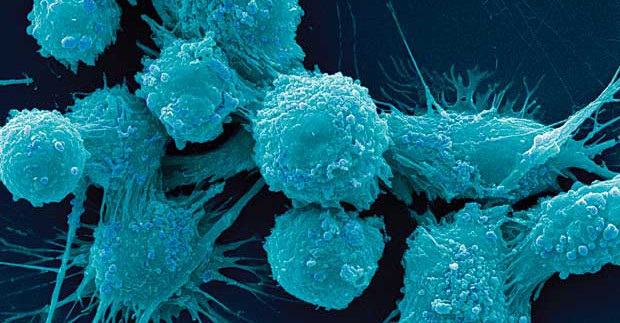
Scientists say a new device that delivers cancer drugs directly into tumors without relying on distribution via the bloodstream could significantly increase survival rates for patients with pancreatic, breast and other solid cancers.
The device uses a method called “iontophoresis” in which an electrical field drives chemotherapy drugs directly into the tumor, preventing their growth, and in some cases, even shrinking them, according to researchers from the University of North Carolina (UNC) at Chapel Hill.
Depending on the tumor type, the new device can be used either internally after a minimally invasive surgery to implant the device’s electrodes directly on a tumor (an approach relevant especially for pancreatic cancer and other less accessible tumors) or externally to deliver drugs through the skin (an approach relevant especially for treating inflammatory breast cancers and other accessible tumors such as head and neck cancers).
The work, published in the journal Science Translational Medicine, opens the possibility of dramatically increasing the number of people who are eligible for life-saving surgeries. It represents a fundamentally new treatment approach for hard-to-treat solid tumors like those characteristic of pancreatic cancer, which has a 75 percent mortality rate within a year of diagnosis – in 2014, more than 46,000 people were diagnosed with the disease and nearly 40,000 died of it.
Limits of current methods
The main reason three quarters of people who develop pancreatic cancer do not survive more than 12 months after diagnosis — a statistic that has not changed in 40 years — is because by the time the cancer is found, it is at an advanced stage and difficult to treat.
Unfortunately, while surgery is the best option for curing pancreatic cancer, not many patients can have it because by the time their tumor is detected it has entwined itself with major organs and blood vessels. Current methods of delivering chemotherapy are also limited because the pancreatic cancer cells are well-protected by a fortress of tissue that impedes the delivery of drugs that could otherwise shrink the tumor or stop it growing.
Additionally, pancreatic cancer tumors do not have a good blood supply, thus limiting the effectiveness of drug delivery via the bloodstream. Increasing the dose is not an option because it increases toxicity to the rest of the body.
New device delivers drugs into tumors more effectively than IV
In the study, the UNC researchers found that the iontophoretic device delivered chemotherapy drugs into the tumors much more effectively than the conventional intravenous (IV) method, and also achieved higher concentrations of the drugs in the tumor without increasing toxicity to the rest of the body.
For example, noting the result of one test, the team found a “7-fold difference in local drug concentrations and 25-fold lower systemic drug levels [compared to] the IV treatment.”
The research was conducted in animals and thus further studies are needed to replicate the findings in humans. However, the researchers say these initial results suggest the new device could eventually transform the way doctors treat solid tumors.
“Once this goes to clinical trials, it could shift the paradigm for pancreatic cancer treatments – or any other solid tumors where standard IV chemotherapy drugs are hard to get to,” said co-author Jen Jen Yeh, associate professor of surgery and pharmacology in the School of Medicine at UNC. “We hope our invention can be used in humans in the coming years and result in a notable increase in life expectancy and quality among patients diagnosed with pancreatic and other types of cancer.”
